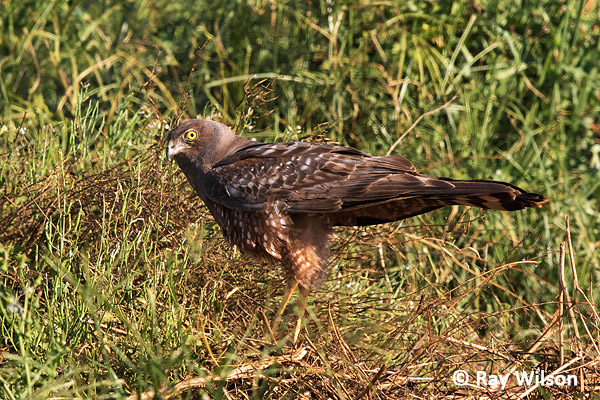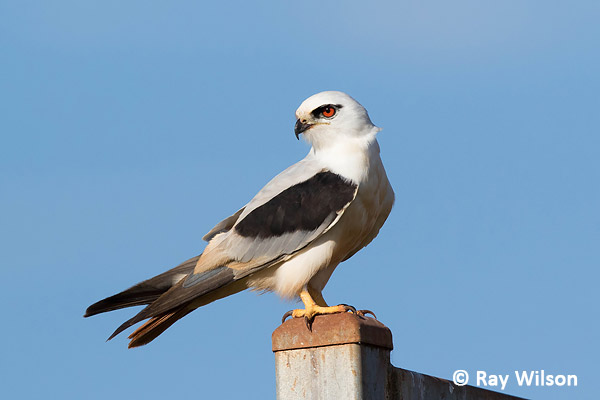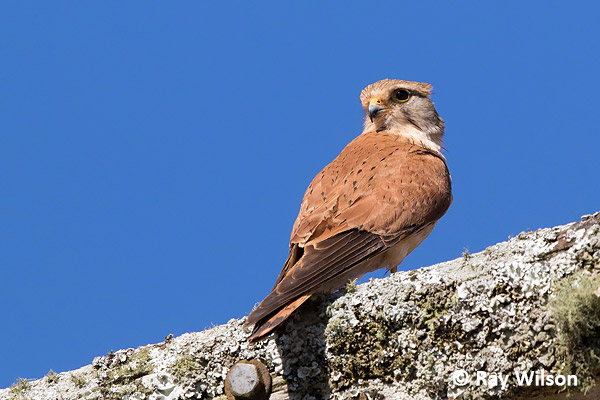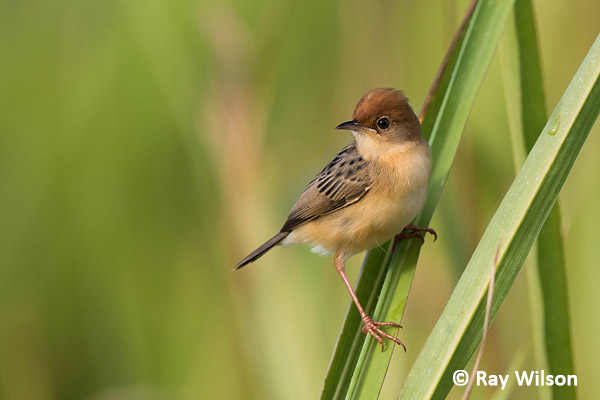
- Home
- Photography Tours
- Diary / Blog
- Galleries
- Foreign Trips
- Tasmania 2016
- NE Queensland 2016
- Western Alps 2016
- NE Spain 2016
- Australia's Wet Tropics 2015
- Australia's Top End 2015
- SW Australia 2015
- Switzerland 2015
- Andalucia 2015
- Belize 2015
- Australia 2014
- Switzerland 2014
- Belize 2014
- Bahama Islands 2014
- Switzerland 2013
- Ecuador 2012-2013
- Florida 2011-2012
- Vancouver Island 2011
- Australia 2010
- Peru 2008
- Bulgaria 2007
- Lesvos 2006
- California 2006
- New Zealand 2005
- Extremadura 2005
- Goa, India 2004
- The Gambia 2003
- About
Northeastern Queensland, Australia
September - November 2016
Part 16
Atherton Tablelands, QLD, Australia
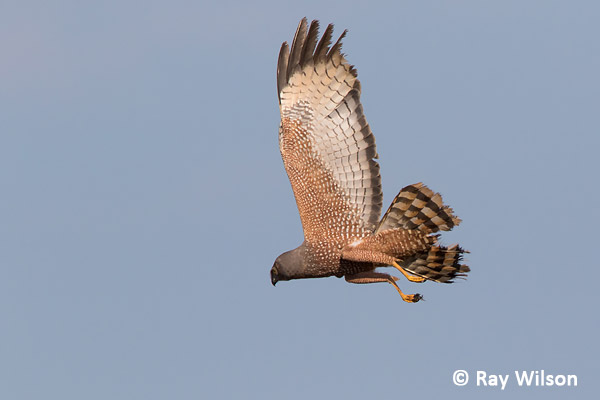
male Spotted Harrier (Circus assimilis)
A large amount of my time during the final few days of my stay on the Tablelands was spent being chauffeured around Sandy's favourite raptor and crane watching areas.
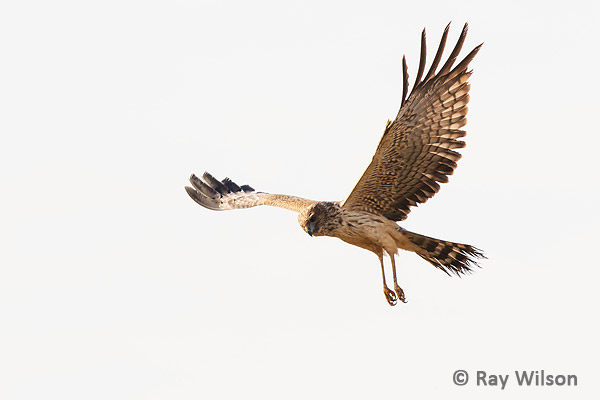
female Spotted Harrier (Circus assimilis)
Spotted Harriers are fairly common in the farmland and cruising around the back roads usually provided at least one sighting per day, sometimes at very close range.
male Spotted Harrier (Circus assimilis)
Black-shouldered Kites and Nankeen Kestrels are also common...
Black-shouldered Kite (Elanus axillaris)
male Nankeen Kestrel (Falco cenchroides)
The long grass in the roadside verges was home to numerous Golden-headed Cisticolas and we would often be seranaded by singing males whenever we stopped to watch the raptors or cranes.
male Golden-headed Cisticola (Cisticola exilis)
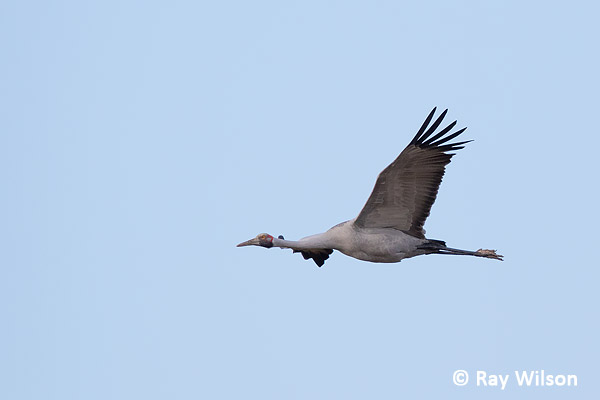
Brolga (Grus rubicunda)
Cranes continued to be difficult to watch and we didn't once find any feeding close enough to the road for photography so all we got was the occasional fly-by.

Brolgas (Grus rubicunda)
Brolgas and Sarus Cranes mix freely on the Atherton Tablelands and hybrids also occasionally occur.
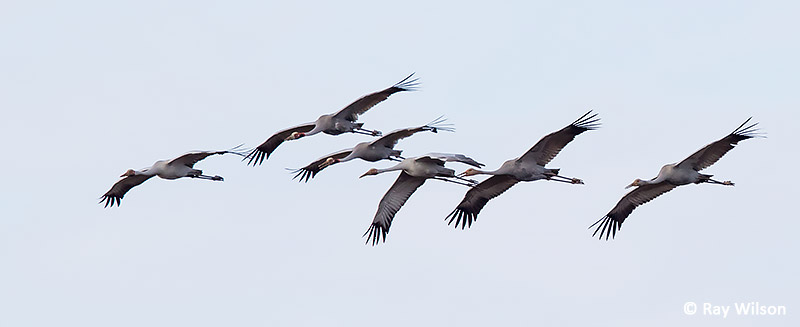
mixed flock of Brolgas (Grus rubicunda) & Sarus Cranes (Grus antigone)
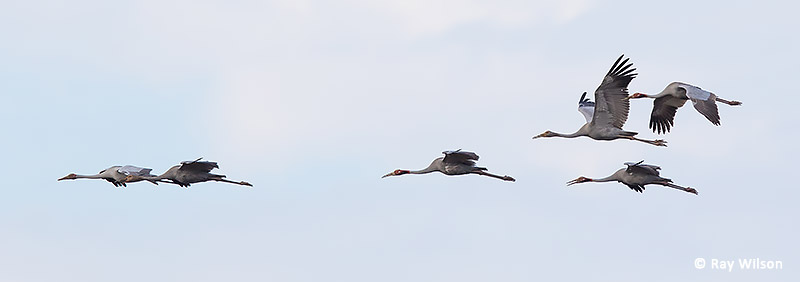
mixed flock of Brolgas (front pair) & Sarus Cranes (rear four)
A special treat on my last full day in Queensland was finding a Lesser Sooty Owl in its day roost! A rare lifer for me as there are very few species left in northeastern Queensland I have not yet photographed!
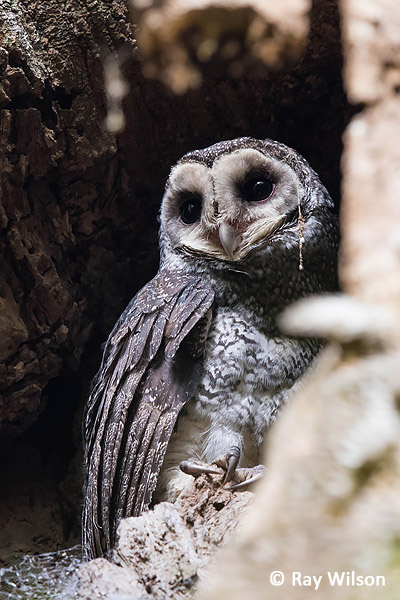 |
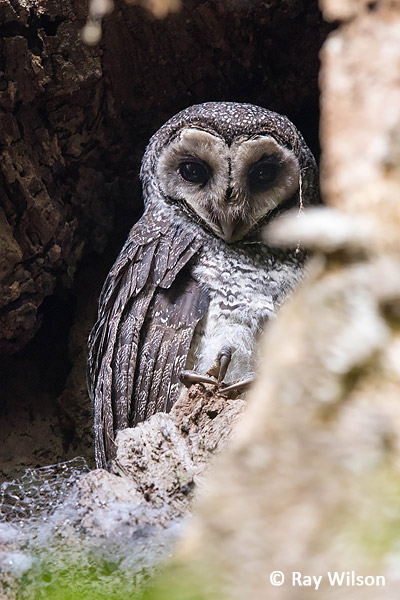 |
Lesser Sooty Owl (Tyto multipunctata)
I thought I'd finish off this leg of my 2016 Australian trip with a few miscellaneous scenic shots...
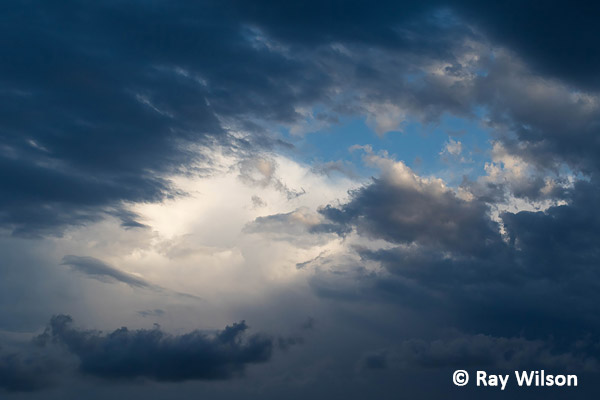
A dramatic sky before a rainstorm

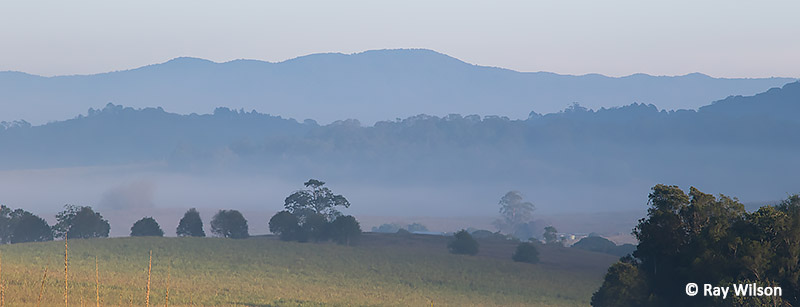
A misty morning on the Tablelands
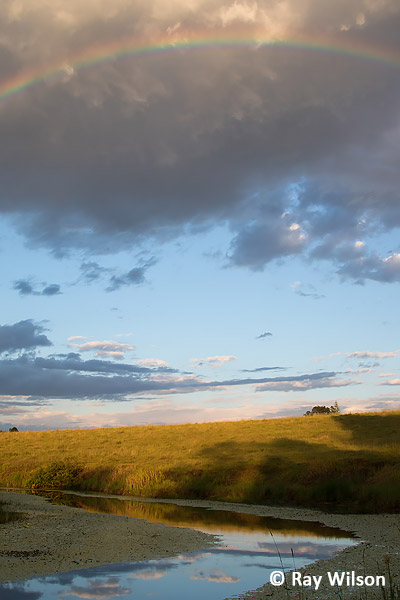
An evening rainbow over a part of the river favoured by Platypus
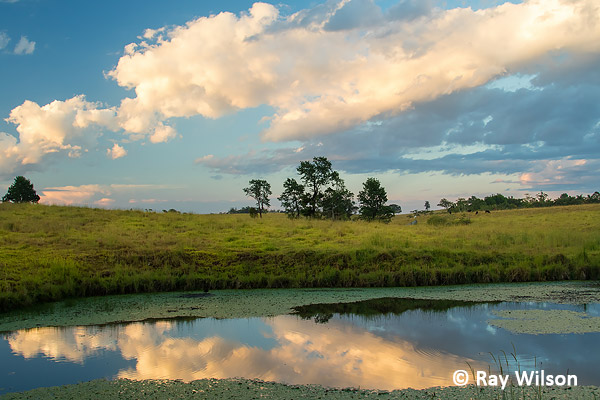
Cloud reflections in a Platypus pond
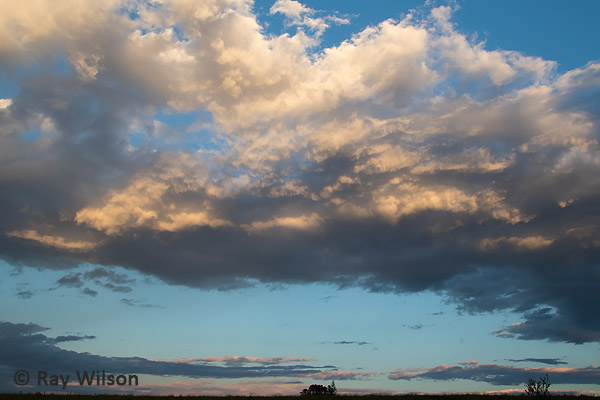
On the evening of 14th November, the moon made its closest approach to the Earth since 1948 and was supposed to appear 14% larger and 30% brighter than the average full moon. Personally, I didn't notice much difference and thought it was a huge anticlimax!
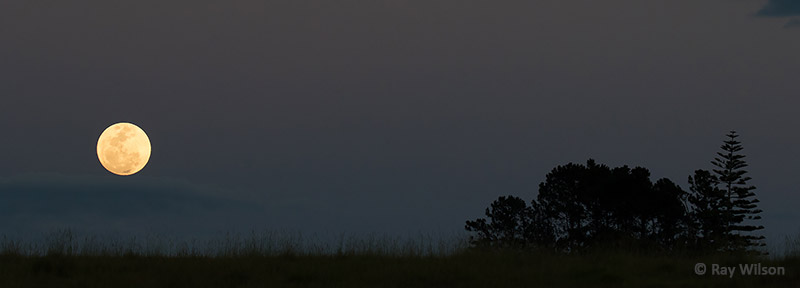
The "Supermoon" at moonrise on 14th November
Ray Wilson owns the copyright of all images on this site.
They may not be used or copied in any form without prior written permission.
raywilsonphotography@googlemail.com
